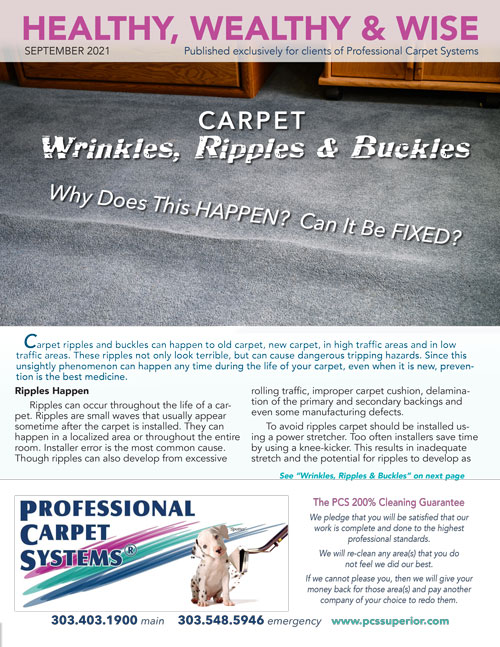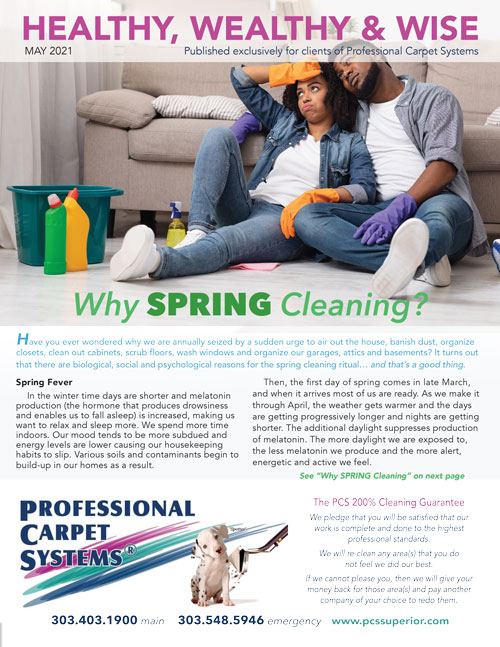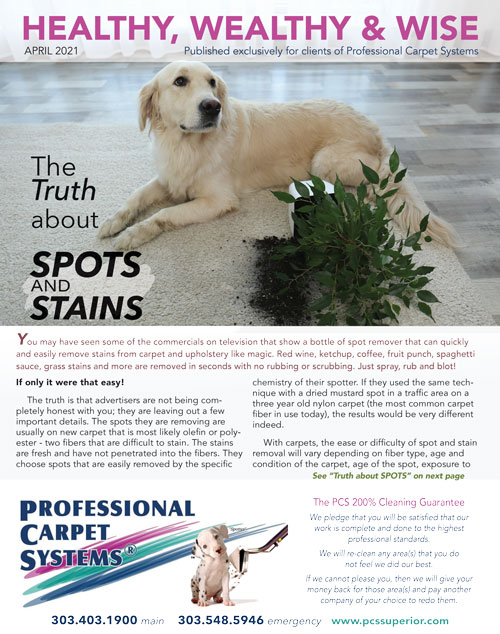Shawn Bisaillon, owner of PCS Superior, recently wrote an article for one of the largest carpet cleaning distributors in the world.
See the article here:
Here’s a recap of the article:
Pet odor removal jobs present unique challenges for carpet cleaners, not only due to the odors themselves but also because of the psychological and emotional aspects involved. Addressing pet odors involves handling urine, feces, and the wear from pets’ paws, while also managing the expectations and emotions of pet owners. Establishing yourself as an expert in pet odor removal can lead to repeat business and referrals.
Managing Customer Expectations
The process begins with setting clear expectations and maintaining professionalism. Understand that pets are often beloved family members, and avoid making negative comments about them. Instead, focus on asking questions and explaining what can and cannot be achieved.
Common Challenges
1. Denial About Pet Accidents: Some owners may deny their pets are the cause of odors, even though they’ve called for help. Using a black light to reveal hidden stains can help demonstrate the problem without causing confrontation. Approach the situation with compassion and professionalism, simply stating the facts and proposing solutions.
2. Demand for Quick Service: Customers may want the job done quickly, often for reasons like an upcoming event or to sell a house. While rushing may be tempting, it can compromise the quality of work. Clear communication is crucial to explain why thorough cleaning is necessary for effective odor removal. Emphasize that high-quality work requires adequate time, which ultimately leads to better results and customer satisfaction.
3. From Cleaning to Restoration: If more than 30% of the carpet is affected, it moves from cleaning to restoration. In such cases, the damage may be too severe for cleaning, and replacing the carpet could be a more cost-effective solution. It’s important to communicate the health risks of heavily soiled carpets and to get customer acknowledgment of the limitations and recommendations in writing.
4. Misunderstanding of “Pet-Resistant” Carpets: Customers may believe their carpets are pet-proof due to marketing claims. Educate them that no carpet is completely immune to pet damage. Maintain professionalism and provide recommendations for cleaning and future prevention.
Professionalism and expertise in pet odor removal can lead to a steady stream of business from pet owners, realtors, and other potential clients. Continuous learning and certification, such as through IICRC Carpet Cleaning Technician and Odor Control Technician courses, are valuable for improving skills and knowledge.
**About the Author**
Shawn Bisaillon, an IICRC Master Textile Cleaner and Master Restorer, has over 20 years of experience teaching and running a successful cleaning and restoration business in Denver, CO. His expertise underscores the importance of professionalism and proper training in the cleaning industry.









